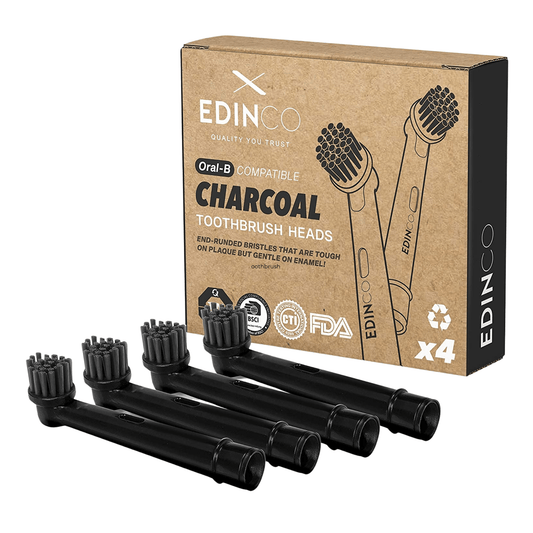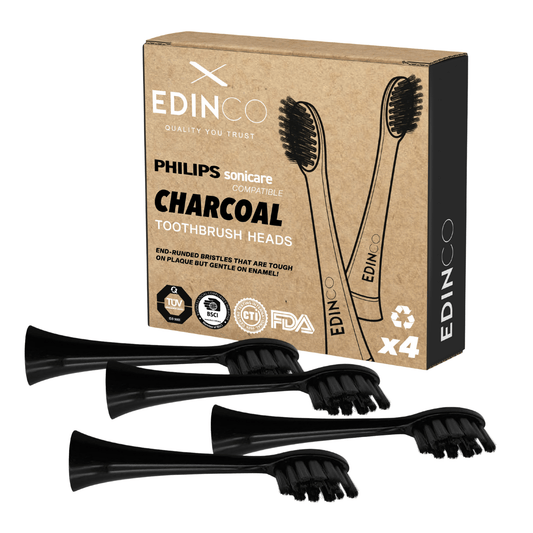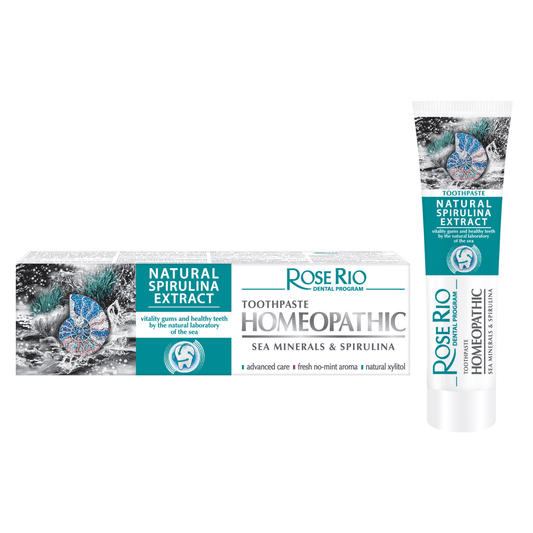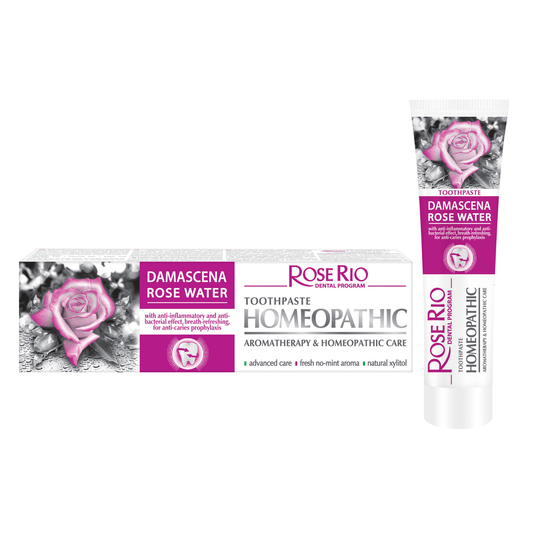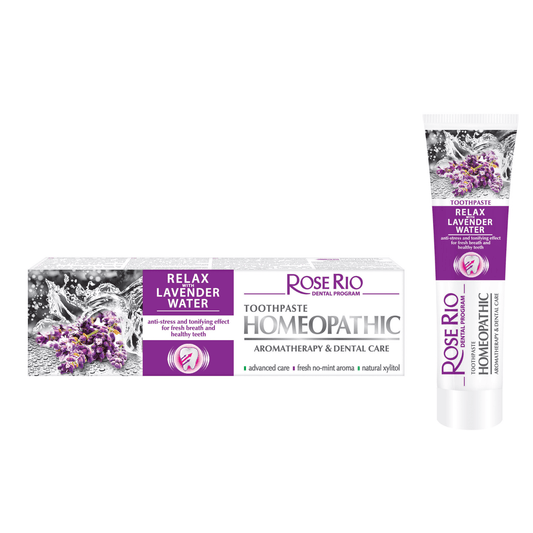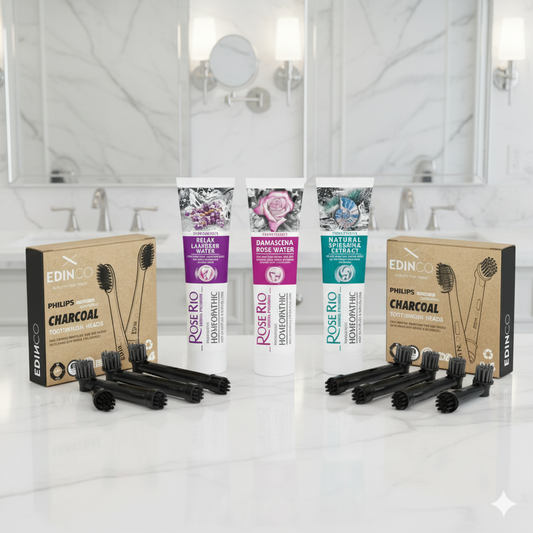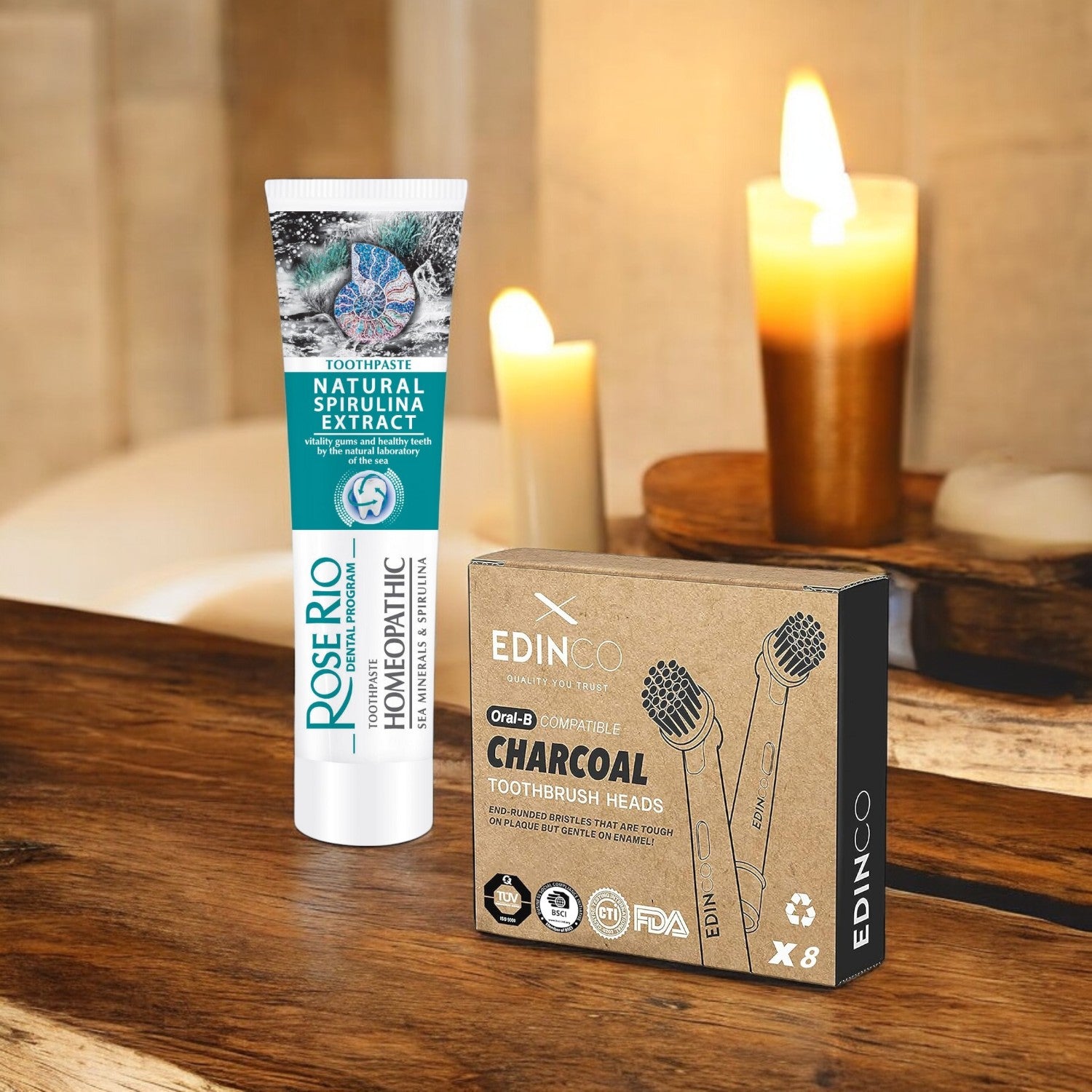Whitening Mouthwash: Does It Really Work?
Table of Contents
The quest to whiten the mouth has been on the increase in the UK as the whitening mouthwash substances have been found promising as long as one swishes and goes. Nevertheless, with the growing popularity of environmentally-focused consumers who seek evidence-based performance and socially-responsible products, a major issue arises: Does whitening mouthwash indeed whiten teeth, and is it a safe and environmentally-friendly product?
This is why the increased demand for transparency and sustainability led to the emergence of such innovators as Edinco, a British oral care brand that was created in August 2019 by the dentists and engineers of the Best UK universities. Dedicated to delivering intelligent, ethically driven solutions, Edinco embodies our motto, “Everyday care without everyday waste,” with offerings like recyclable charcoal toothbrush heads and fluoride and fluoride-free toothpastes. We provide this scientific breakdown to help you discern optical illusions from genuine whitening efficacy while considering the environmental impact.
What Is Whitening Mouthwash and How Does it Work?
Whitening mouthwash is usually placed as a complementary intervention in a daily regimen, meant to address surface stains prior to their establishment. To realize its efficacy the marketing should be put aside, and the active ingredients should be studied.
What are some of the active ingredients in whitening mouthwash?
Depending on the active chemical components, the effectiveness of a whitening mouthwash can greatly differ:
-
Hydrogen Peroxide or Carbamide Peroxide: These are the gold-standard bleaching agents of professional treatments. They are included in extremely small amounts in mouthwash (generally below 1 per cent) and are designed to remove small stains and give the tooth a slightly lighter shade.
-
Sodium Hexametaphosphate: This is a standard stain-fighting reagent that is believed to operate through binding up the minerals and inhibiting the binding of new stains to the enamel surface.
-
Blue Covarine: A bluish dye that does not in fact make teeth whiter. Rather, it is an optical illusion that covers the teeth to make them look immediately whiter by visually neutralising the yellow colour.
What is the whitening effect of the mouthwash?
Whitening mouthwash purports to work in two main ways:
-
Surface Stain Removal: Sodium Hexametaphosphate and others are designed to remove external (e.g., coffee, tea or smokers) causes of stains. It is usually a precautionary and temporary effect.
-
Optical Brightening: Most conspicuous, but transient in duration, results are achieved with the addition of blue covarine. This is like applying purple shampoo to lighten blonde hair- this is an illusion rather than actual bleaching.
This is because there is a short duration of contact (typically 30 to 60 seconds) and low concentration of active peroxides with the result that any deep bleaching effect is minimal when compared to professional treatments. The advantage is rather about preserving the whiteness of the present and cleaning off the dirt of everyday life.
What Does the Newest Study Reveal about Whitening Mouthwash?
Good oral care decisions rely on evidence-based information. Dental professionals and dental associations tend to take the effectiveness of the over-the-counter whitening solutions with a grain of salt.
Scientifically, does whitening mouthwash whiten teeth?
It is scientifically documented that the actual shade change that whitening mouthwashes produce is insignificant at best because of their low concentration and limited duration of contact. The use of hydrogen peroxide is the subject of a randomized clinical trial that claims that only high-concentration and permanent use will be effective (as backed by publications such as those listed on PubMed). Mouthwash can also provide some assistance, but to achieve a dramatic, cumulative whitening, high-concentration gels and professional treatments are the most clinically-proven option.
How does whitening mouthwash compare with whitening toothpastes and treatments?
|
Whitening Method |
Peroxide Concentration |
Contact Time |
Enamel Safety |
Primary Action |
|
Whitening Mouthwash |
Very Low (<1%) |
Short (30–60 sec) |
High (due to low concentration) |
Optical illusion, surface stain removal |
|
Whitening Toothpaste |
Zero or Trace Peroxide |
Medium (2 min brushing) |
Medium/High (risk of abrasion) |
Mechanical abrasion, stain prevention |
|
Professional Treatment |
High (Up to 40%) |
Long (15–60 min) |
Medium (Sensitivity risk) |
Deep enamel bleaching |
Will the enamel or the gums be harmed by whitening mouthwash?
The dangers of store-bought whitening mouthwashes are mostly related to elevated, uncontrolled or excessive amounts of active ingredients, such as peroxide or high concentrations of fluoride. The dentists caution that excessive amounts of hydrogen peroxide may cause tooth sensitivity and when used inappropriately may result in gum irritation. Moreover, most whitening toothpastes use high levels of alcohol to kill germs, and red blood cells may dry out the mouth, leading to a loss of oral microbiome, and even worse, it may cause more irritation over time.
Why don't Whitening Mouthwashes Work All the Time?
When a product promises to be radiant and fails the problem may be in simple physics and chemistry rather than in the carefulness of the user.
What are the shortcomings or weaknesses of most whitening formulas?
The inherent drawback of whitening mouthwash is that the active agents have been diluted.
-
Low Concentration: Due to safety concerns the percent of hydrogen peroxide is maintained at a low level and is therefore not adequate to perform a deep bleach.
-
Short Contact Time: The active substances are swept out by saliva and water within seconds leaving the bleach without enough time to enter the enamel.
-
Optical Reliance: Excessive use of masking dyes such as blue covarine offer a quick visual pop, which wears off quickly, failing to impress the eco-conscious consumer in favor of lasting, visible change.
What user habits can affect results?
Achieving a bright smile is a holistic process. Unless the practices of everyday life are undermined, Whitening of the mouthwash will not work:
-
Diet and Lifestyle: Staining foods and beverages (red wine, tea, coffee) and lifestyle practices such as smoking can easily undo any slight brightening done by the mouthwash.
-
Brushing Consistency: Poor mouthwash cannot make up for the lack of adequate plaque removal when the basis of the routine, daily brushing and flossing, is not consistent.
-
Swishing Duration: Not adhering to the suggested swishing time (which is usually too short by itself) inhibits the effectiveness of the active components even more.
Do Natural Whitening Alternatives Work?
In the eyes of the environmentally aware consumer, the most a naturally bright smile can be, is through the use of effective and naturally formulated ingredients that promote enamel health and lift surface stains without resorting to harsh chemicals.
Do naturally derived ingredients whiten teeth?
Natural ingredients, especially micro-abrasives and anti-staining, can both preserve and improve the natural colour of the smile without the dangers of high-concentration peroxides.
-
Xylitol: It is a natural sweetener that is not toxic and is a powerful replacement of fluoride which works against the bacteria that cause cavities.
-
Hydrated Silica: a mild natural abrasive commonly found in toothpaste that is used to scrub and remove surface stains using a mechanical action.
-
Sea Minerals and Spirulina: These ingredients together help with enamel remineralization and cavity fighting and helps maintain a good healthy tooth surface that is naturally resistant to stains.
What makes Edinco’s naturally derived toothpaste stand out?
Edinco's commitment to British quality and Ethical British and European manufacturing practices is evident in our toothpaste range, which avoids artificial whiteners and focuses on sustainable efficacy. We offer choice with both fluoride & fluoride-free options (using Xylitol) and a soon-to-be-launched model with fluoride in a limited, safe concentration.
-
Organic Lavender Toothpaste: A mint-free and fluoride-free model that utilises Xylitol to fight cavities. The inclusion of organic lavender provides natural antibacterial benefits for the gums, offering a relaxing, sleep-aid element to the nightly routine.
-
Organic Rose Toothpaste: A mint-free and fluoride-free model that also uses Xylitol, specifically formulated with organic rose to be soothing and supportive for sensitive and bleeding gums.
Discover naturally rejuvenating toothpaste with recyclable ingredients – Explore Edinco’s full oral care range: Shop Edinco Toothpastes →
Which Whitening Mouthwashes Are Safer or More Sustainable?
The eco-conscious consumers must evaluate products not just on their promises, but on their impact on health and the planet.
What should conscious consumers look for on the label?
When decoding a mouthwash label, look for transparency and evidence of safety:
-
Check Certifications: While specific whitening certifications can be difficult to obtain, look for fundamental product quality validation such as FDA, ISO, and TUV certificates.
-
Flag Masking Dyes: Be wary of blue covarine or other blue dyes, as they indicate optical illusion rather than genuine change.
-
Avoid High Alcohol: A high alcohol content increases dryness and gum irritation.
Which ingredients should eco-conscious users avoid?
To truly embrace the zero-waste ethos and reduce your environmental impact, avoid products containing:
-
Microplastics: Tiny plastic beads found in some formulas, which end up in waterways.
-
PEGs (Polyethylene Glycols): Petroleum-based compounds that can carry environmental concerns.
-
Non-Recyclable Packaging: Choose products packaged in easily recyclable materials like glass or aluminium.
Are there UK brands offering eco-conscious whitening options?
As an alternative to chemical-laden mouthwashes, Edinco provides a system where all components are designed for a circular economy. We offer naturally derived toothpaste and a range of recyclable toothbrush heads (a specific model for Oral-B and another for Philips Sonicare electric toothbrushes), ensuring that your entire oral care routine is ethically sound and high-performance. Our focus is on maintaining a naturally radiant smile by preventing damage and supporting enamel health through superior ingredients.
How Does Whitening Mouthwash Fit in a Sustainable Oral Care Routine?
In a routine focused on sustainability and enamel protection, mouthwash should serve as a secondary supplement, not a primary whitening tool.
Can you use whitening mouthwash safely with other natural products?
Yes, mouthwash can be safely integrated into a natural routine, provided it is low-alcohol and made with transparent ingredients. It should be used to support your primary tools—brushing and flossing, by flushing out loose debris.
How does Edinco support sustainable oral care habits?
Edinco’s mission, Everyday healthcare without everyday waste, extends to every purchase. Our engineering-led formulation ensures product quality, while our ethical approach includes vetted ethical sourcing and a global Recycling Reward Scheme that ensures your used oral care products do not end up in waste landfills. This scheme also covers the postage fee and envelope cost for returning any brand of dental care product.
Support a cleaner mouth and planet – Learn about our free send-back Recycling Reward Scheme: Join the Circular Oral Care Movement →
What Do UK Dental Experts Say About Whitening Mouthwash?
UK dental guidance emphasises safety and regulation, particularly when using chemical agents.
Do the NHS, or dentists, recommend the use of whitening mouthwashes?
Even though the NHS itself confirms that teeth whitening is actually effective, they are reminding the consumers not to use it without a registered dental professional. The issue of safety is the primary concern of the British Dental Association (BDA), which states that the risks predominantly concern excessive, unregulated or even excessive concentrations of active agents.
What are the threats the UK dentists are warning about?
The biggest threats that your dentists are now warning you about include the increased sensitivity of the tooth, and the possibility of the gum to get irritated, which will have an adverse effect on the health of your mouth. They refer to the fact that tooth brightening should first of all be carried out by a professional, and the most reasonable way of keeping a natural healthy smile is evidence-based yet sustainable daily routine, does not involve harsh chemicals and overabundance of fluoride.
Final Verdict: Will Whitening Mouthwash Brighten Your Smile in a Natural and Safe way?
Does it work for everyone?
Whitening mouthwash can provide some minor surface stain removal, with a temporary optical effect, however, most consumers should not expect any dramatic changes without combining high-performance brushing and flossing with a naturally supportive toothpaste.
How can you keep white teeth safest and most sustainable?
Prevention is the safest and most sustainable approach to keeping white teeth white: a daily routine, no serious staining offenders, and a naturally derived formula to shield the enamel. Science-based products with strong, natural, safe ingredients such as Xylitol, organic rose, organic lavender, and more are the best means of getting a bright smile and promoting a zero-waste life.
Purchase Reusable, Science-Backed Oral Care. Because Your Smile, And the Planet, Deserve Better—Everyday healthcare without everyday waste.
FAQs
1. Does whitening mouthwash actually whiten teeth?
Whitening mouthwash can help lighten surface stains caused by coffee, tea, or smoking, but results are usually mild. It’s most effective when used consistently and alongside whitening toothpaste or professional treatments.
2. How does whitening mouthwash work?
Most whitening mouthwashes contain ingredients like hydrogen peroxide or carbamide peroxide that help break down surface stains on teeth. Others use mild abrasives or optical brighteners to enhance brightness temporarily.
3. Is whitening mouthwash safe for daily use?
Yes, when used as directed. However, overuse of mouthwashes containing strong whitening agents may cause tooth sensitivity or gum irritation. Look for alcohol-free and enamel-safe formulas for everyday use.
4. How long does it take to see results with whitening mouthwash?
Results vary, but most people notice slight improvement after 2–4 weeks of consistent use. For more visible whitening, combine it with whitening toothpaste or professional dental care.
5. Can whitening mouthwash replace brushing or professional whitening?
No. Whitening mouthwash should be used as a supplement, not a replacement, for brushing, flossing, or professional whitening. It helps maintain results between treatments but cannot remove deep stains.


